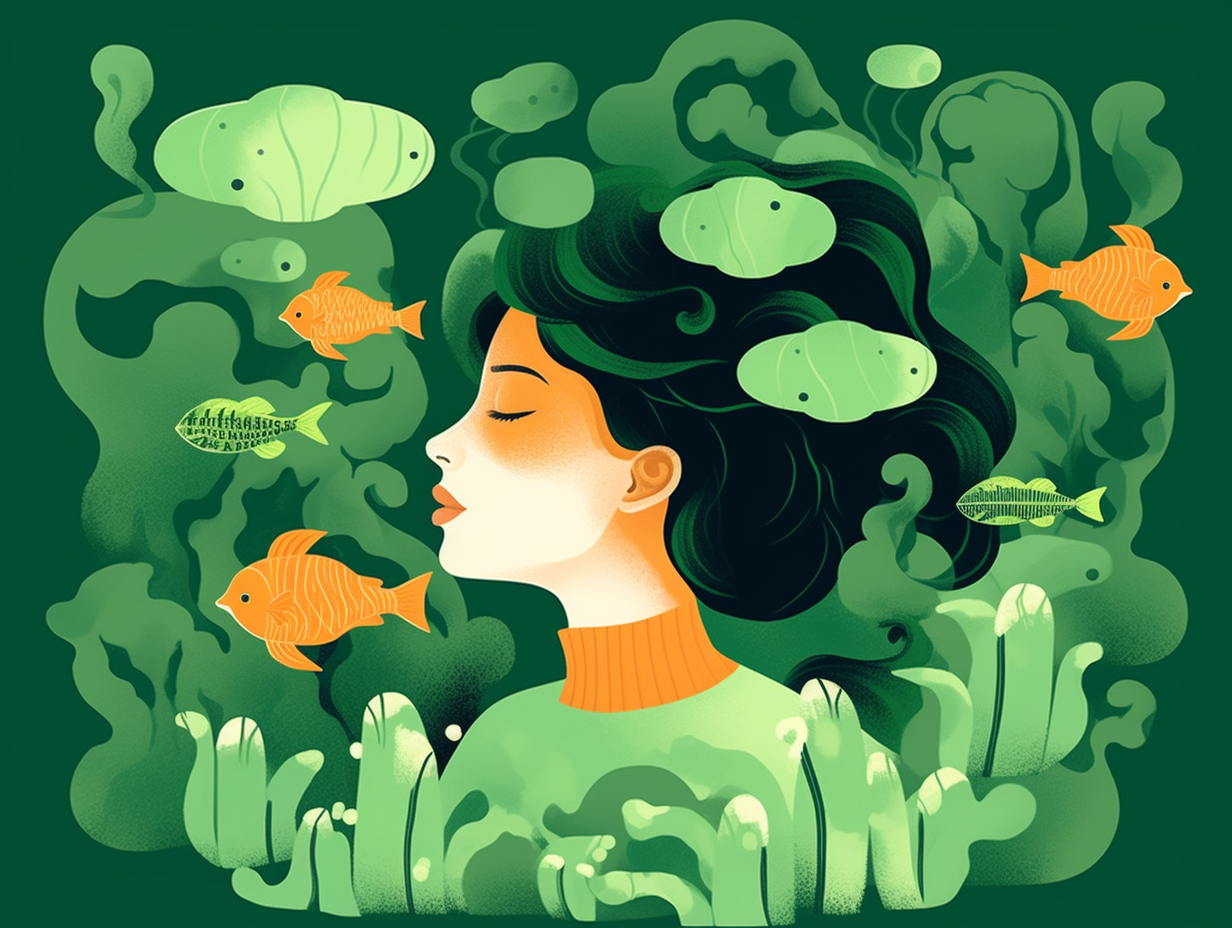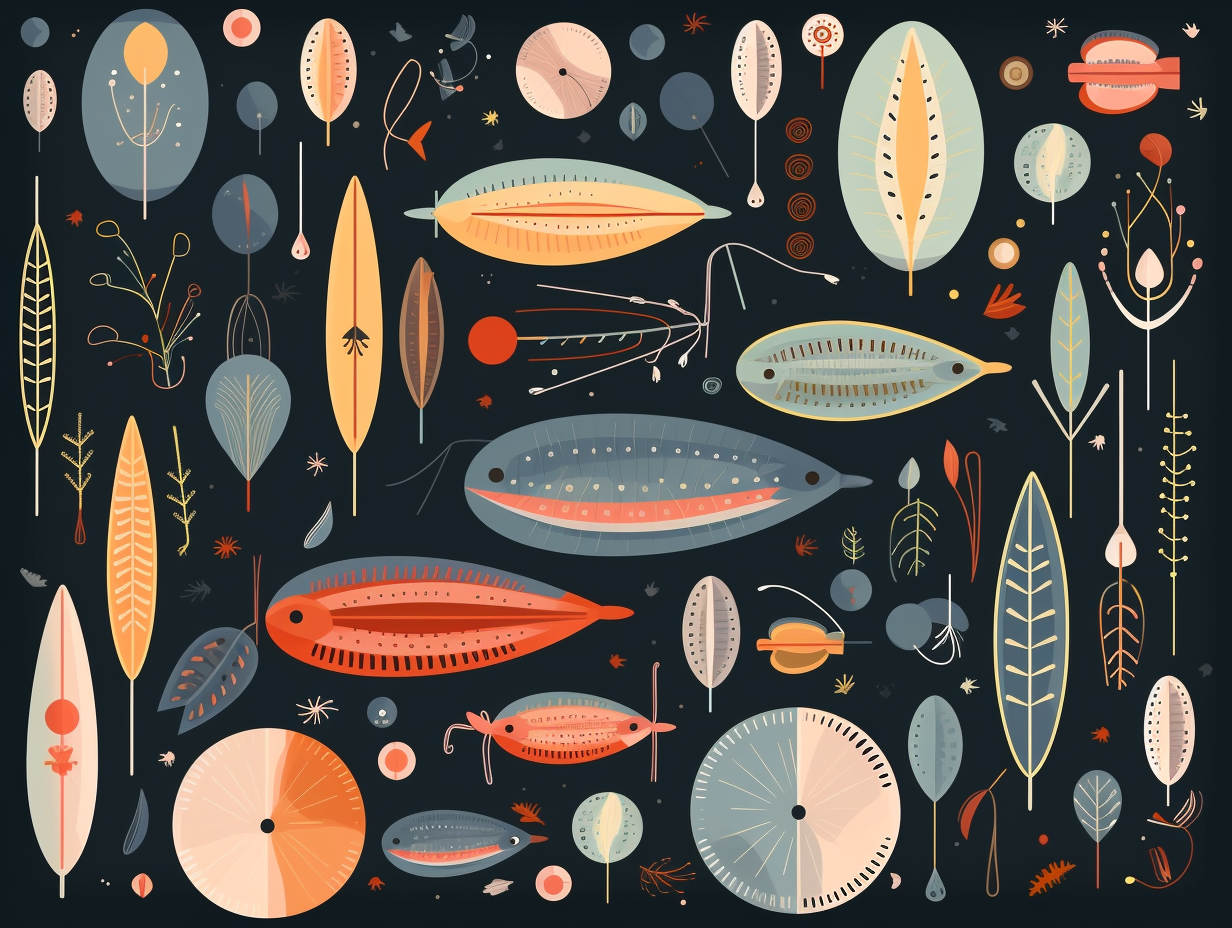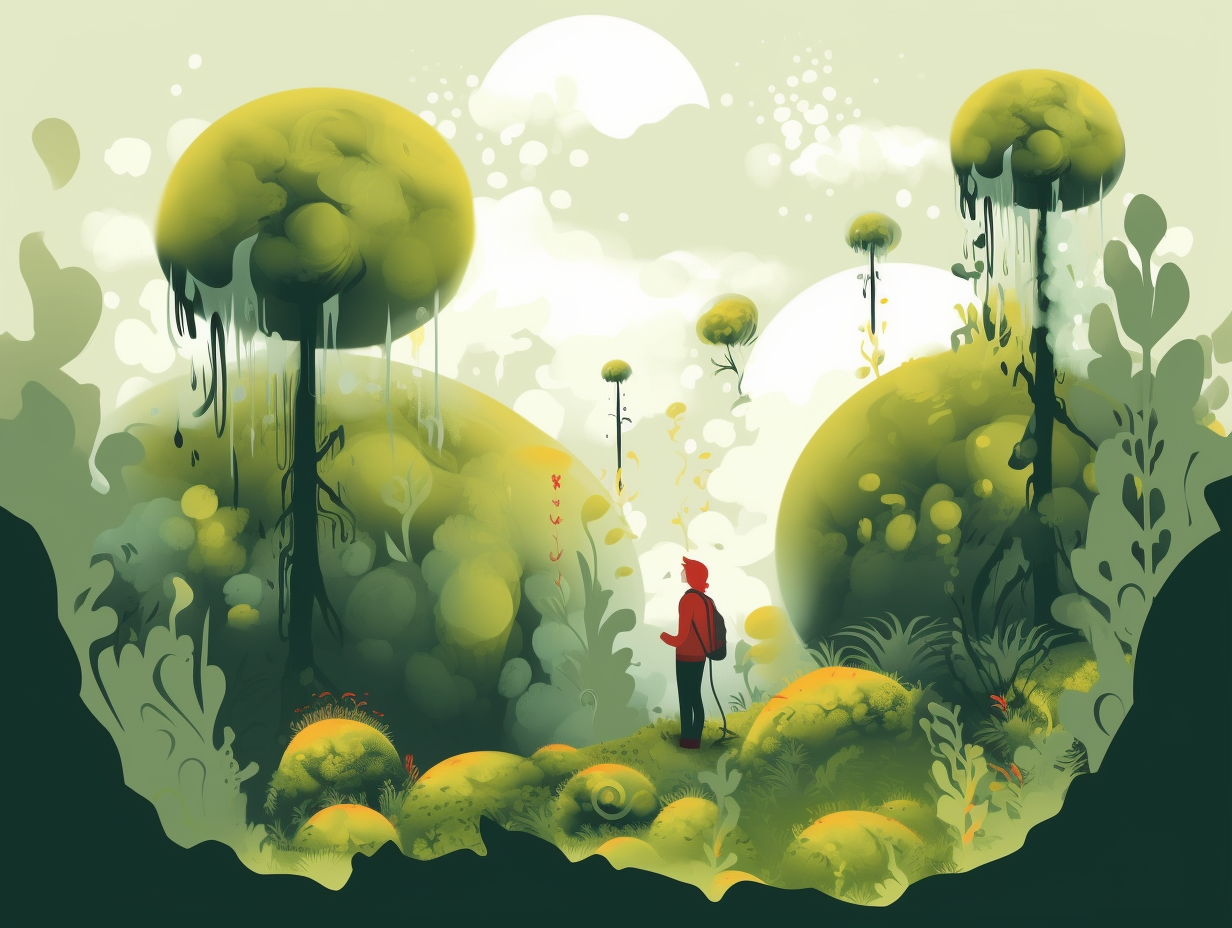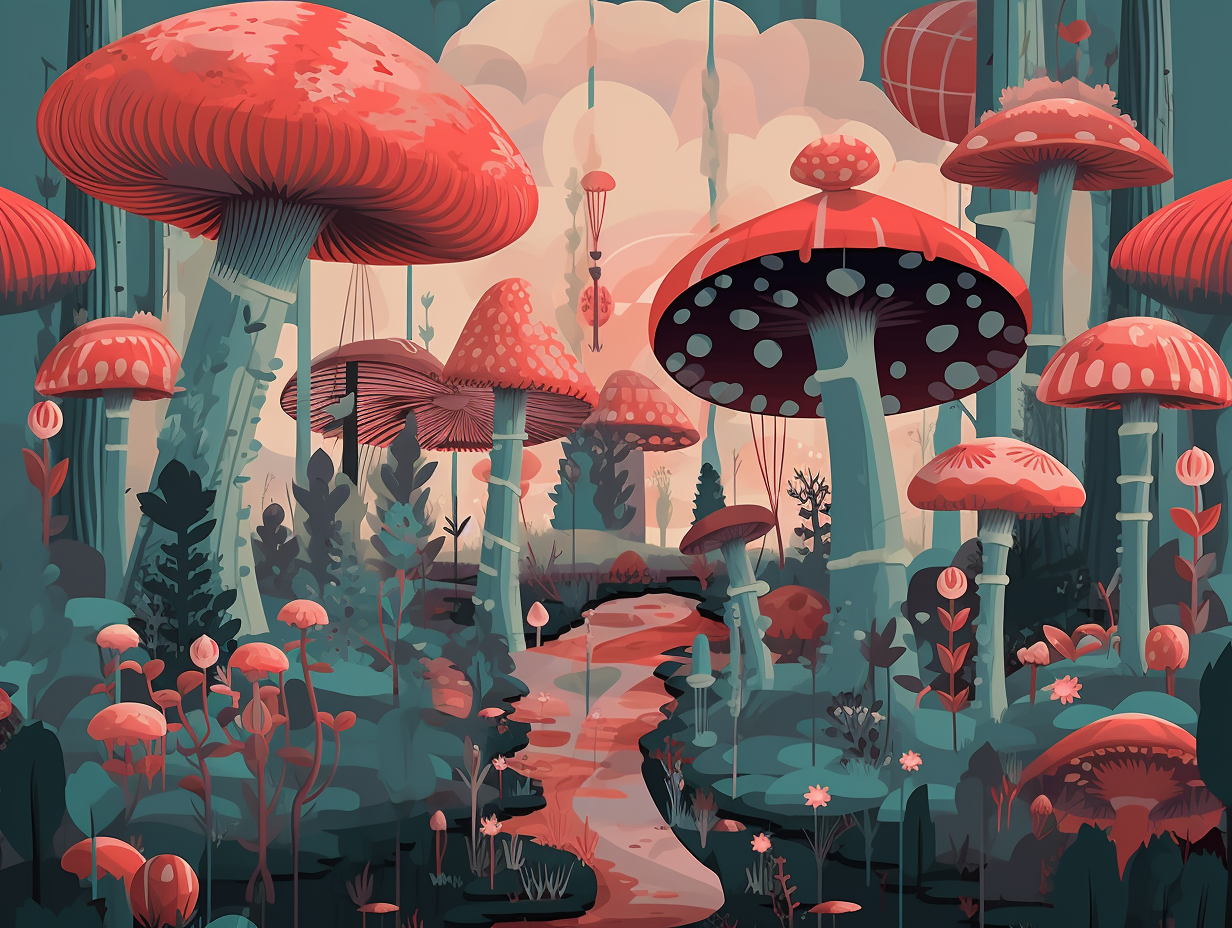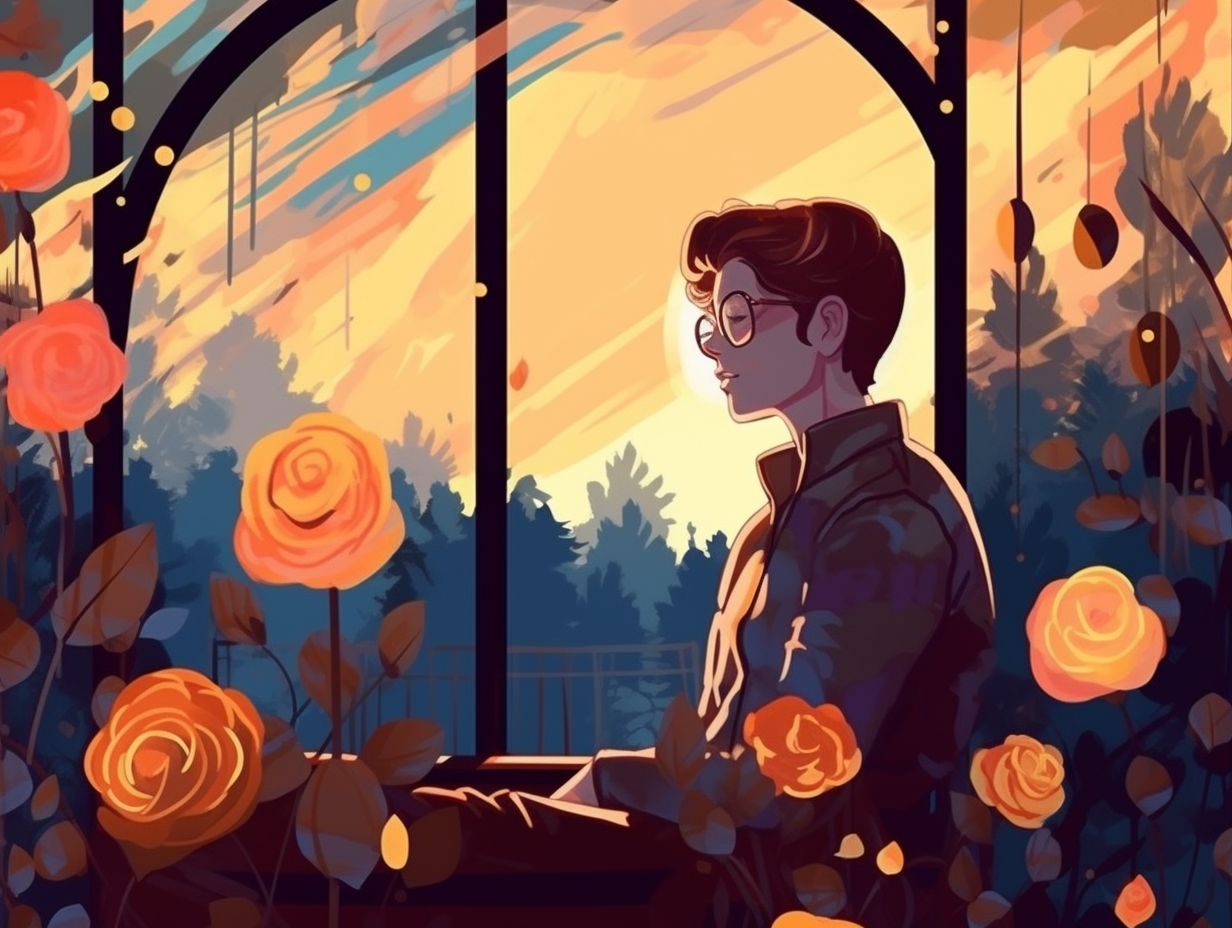Discover the Unseen World: Top 9 Fascinating Fun Facts About Water Mold!
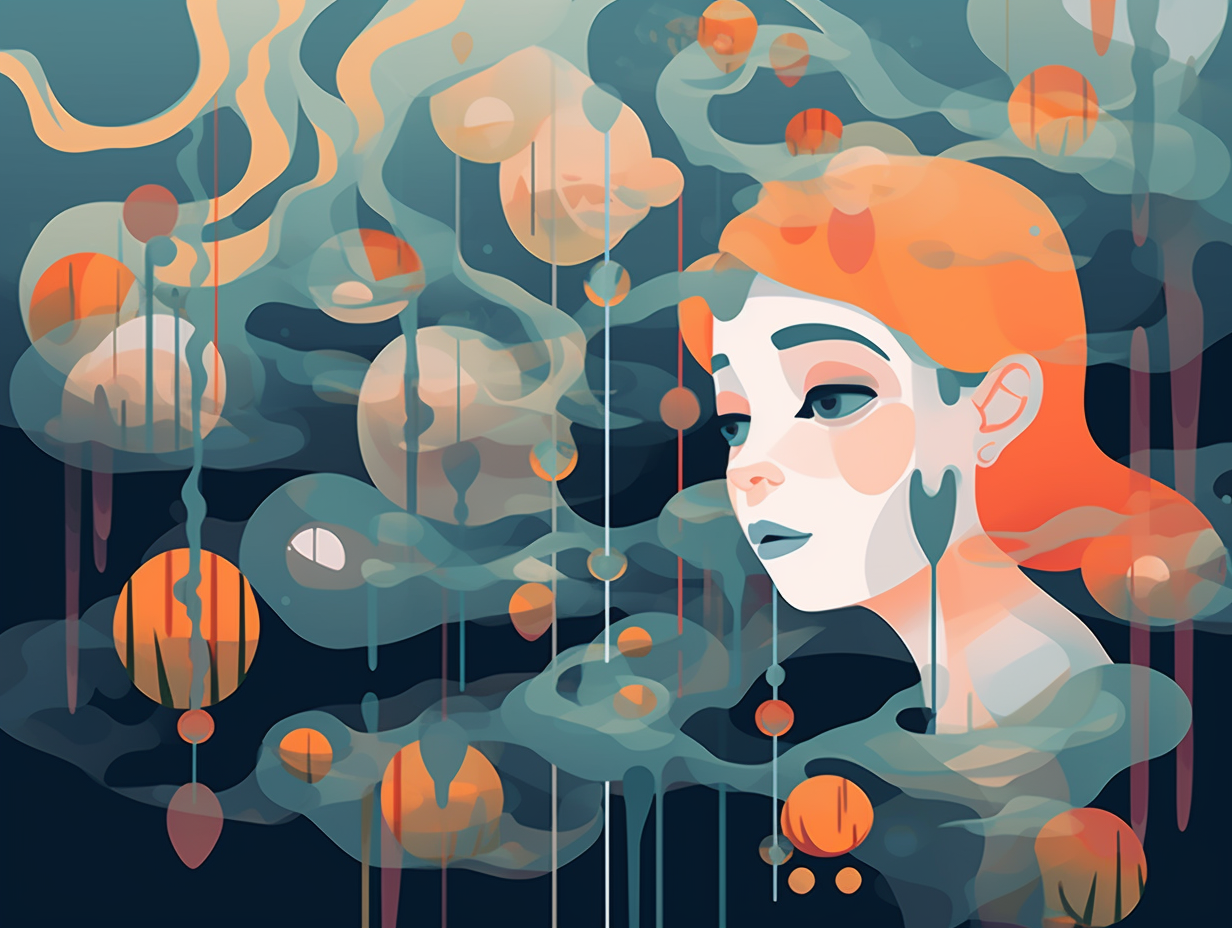
1. Water Mold Dance Party
Water molds, the reigning champions of a microscopic dance-off: they uniquely boogie with two flagella, one whiplash-style and another adorned with its own ornaments, earning them a VIP spot in the heterokont club.
Source => bio.libretexts.org
2. Diatoms' Toxic Cocktails
If you think diatoms are just tiny creatures throwing wild microscopic parties under the sea, you're absolutely right, and surprise: they're serving toxic cocktails too! Specifically, certain species of the diatom genus Pseudo-nitzschia produce the neurotoxin domoic acid, causing amnesiac shellfish poisoning in humans, while some strains of raphidophyte genera Chattonella and Heterosigma whip up their own lethal mix for fish at high concentrations.
Source => sciencedirect.com

Did you know fungi aren't just for pizza? 🍄 Discover their incredible ability to transfer nitrogen from insects to plants, playing a key role in a fascinating nitrogen cycle!
=> Fun Facts about Fungi
3. Cotton-Mouthed Fish Drama
Suffering from a cotton-mouthed fishy sensation? Fear not, dear friends, for this is not the tale of a curious encounter between a piscine population and a laundromat! No, this drama unfolds beneath the waves: Water molds, the deceptive doppelgangers of fungi, besiege our fishy friends with unsightly cotton-resembling growths, leading to skin lesions and underwater panic. A haunting mystery, indeed, but fret not, humans remain blissfully immune to this aqua-invader's reach.
Source => mdc.mo.gov
4. Super Swimmer Spores
Not quite the Yellow Submarine, but this swimming spore has potential: Water mold spores, known as oomycetes, expertly coordinate their movement with two flagella, propelling themselves towards their target at surprising speeds and making sharp directional changes, all while not being actual boats.
Source => phys.org
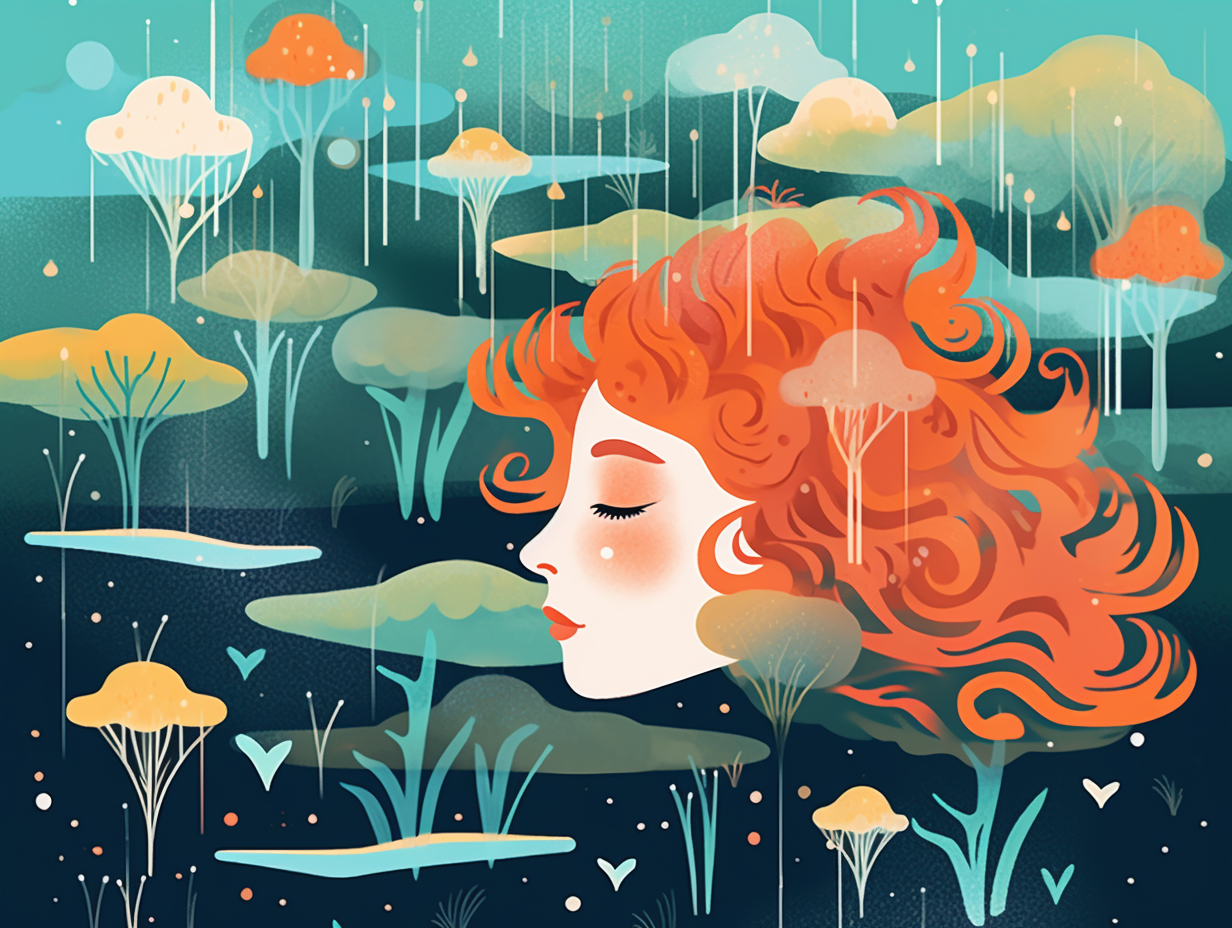
5. Fighting Mold with Sidekicks
Step aside Sherlock Holmes, there's a new kind of detective work in town: sleuthing for solutions to the dastardly deeds of water mold, also known as Phytophthora, the agriculture world's Moriarty! In this vexing battle for global food security, we're turning to nature for the ultimate sidekicks: enter integrated pest management, biological control, and hot water treatments, leading the charge to vanquish the villainous mold and rescue our precious crops from devastation.
Source => ncbi.nlm.nih.gov
6. The Great Potato Mash-Up
Before mother nature calls in her decomposer squad to break down dead organic matter, beware of the mischievous water molds that love to crash the party: Phytophthora infestans, the pesky little water mold that caused the Great Potato Famine of 1846, wiped out nearly all of Ireland's potatoes in a mere week – talk about a mash-up!
Source => study.com
7. Fungus vs. Water Mold
What did the water mold say to the fungus at the cell wall convention? "You must be fungi, because I'm oomycete!": Water molds, distinct from fungi, actually have cellulose-based cell walls and diploid nuclei in their vegetative state, and can produce both asexual zoospores and sexual oospores for their saprophytic and pathogenic lifestyles - making them more complex and versatile than their fungi counterparts!
Source => en.wikipedia.org
8. The Globetrotting Mold Marauder
In a soggy case of "you say potato, I say Phytophthora infestans," Ireland and the humble spud found themselves blindsided by a mighty moldy marauder: Late blight, caused by the water mold P. infestans, wreaked havoc on potato crops after likely hitching a ride from the United States to Europe via plant movement, and even set its sights on an Australian shrub called red-striped yellow tailflower, proving that not even nightshades can escape the wrath of this relentless rot.
Source => hgic.clemson.edu
9. Aquatic Fashion Faux Pas
Step aside, fungi, for the star of aquatic fashion faux pas is none other than the water mold with its spectacularly diverse wardrobe featuring white, gray, and tan cottony ensembles: In reality, these flamboyant party crashers are not molds or fungi at all, but organisms adept at infiltrating the skin of various fish species, treating them to unsightly skin lesions, while graciously leaving us humans unharmed.
Source => mdc.mo.gov
Related Fun Facts


